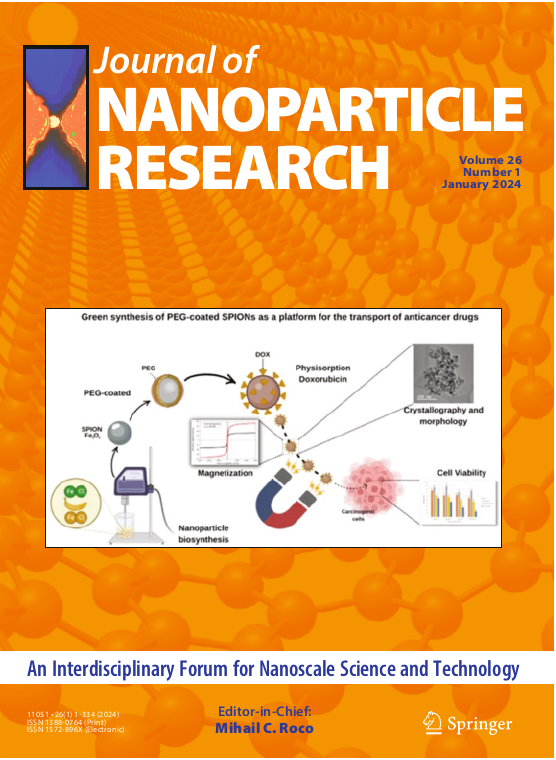Optimizing the photothermal conversion performance of gold nanorods
Abstract
Highly uniform gold nanorods (GNRs) with tunable surface plasmon resonances (SPRs) across the visible and near-infrared (NIR) spectral regions exhibit attractive photothermal conversion properties along with their chemical stability, good dispersibility, and biocompatibility. In this study, we investigate the optimization of photothermal conversion utilizing GNRs as an agent under the laser excitation at 808 nm, within the NIR-I window. The aspect ratio of GNRs is tuned by the AgNO3 amount in the reaction solution, and the characteristic longitudinal SPR is of 810 nm at the aspect ratio of 4.43, matching well with the laser wavelength. When the extinction intensity (located around 808 nm) of 810-nm GNR solution is adjusted to 1.0, the photothermal conversion efficiency is achieved to an optimal value of 36.1%, which is approximately 1.7 times that of the sample with the extinction intensity of 0.3. These findings offer insights for the design of effective photothermal conversion agents.


 求助内容:
求助内容: 应助结果提醒方式:
应助结果提醒方式:


